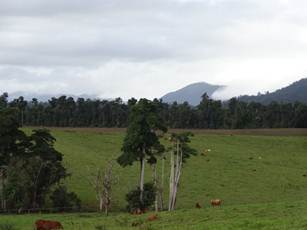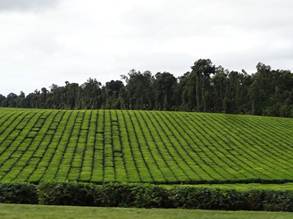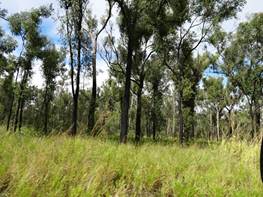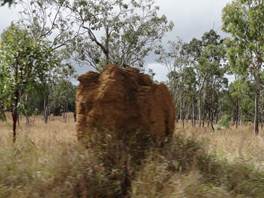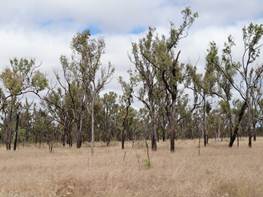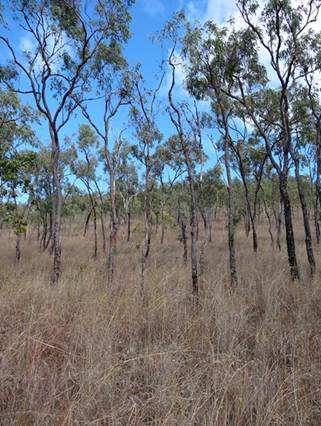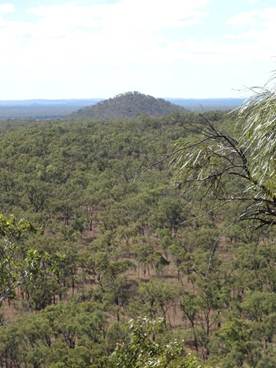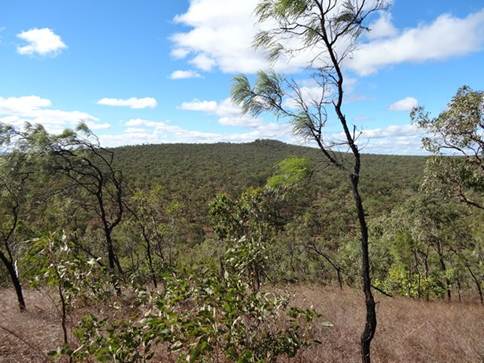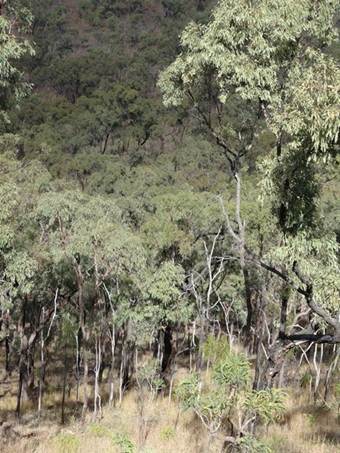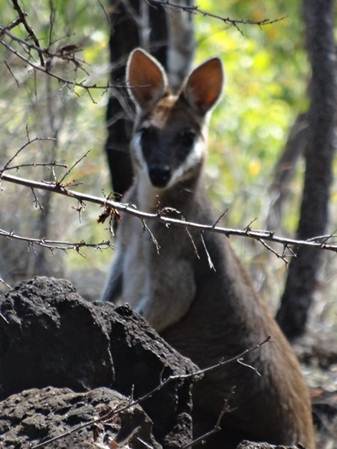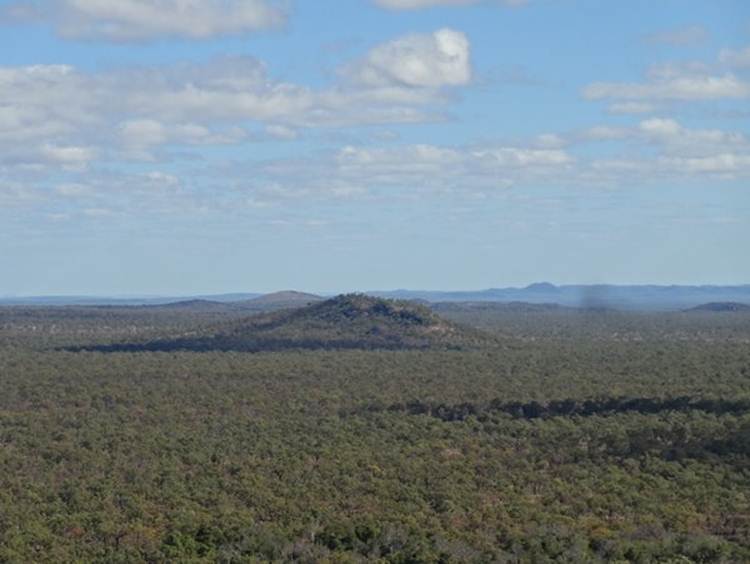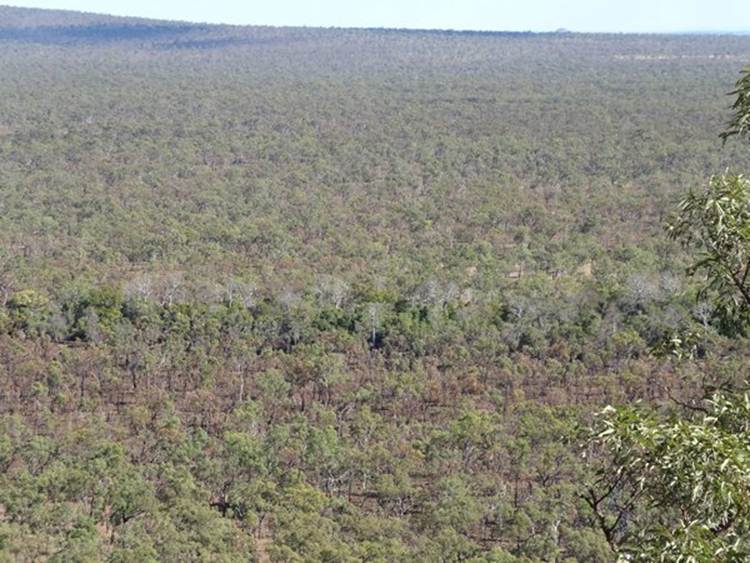Undara - Road trip and Kalkani crater walk

Position 18 12.42S 144 34.35E Decided to go back inland and loop back on ourselves to visit volcanic tubes at Undara National Volcanic Park. These are supposed to be the longest in the world. Afore we got there we passed through the lowland sugar cane fields, the rolling wet uplands of the Atherton tablelands,
And, of all things, a tea plantation
Through damp eucalypt woodlands – look green grass – and into dryer eucalypt savannah with ant/termite hills
Arrived at the park and booked ourselves on tomorrows volcanic tour – for the young at heart! Visited Kalkani crater in the afternoon. Great view up through eucalypt savannah to the crater rim. The last eruption in this area occurred 20,000 years ago.
View across the plains to Rangaranga Hill (LHS) and Commissioner’s Cap (RHS) which are scoria cones. If you remember – do you? – scoria is frothy lava material that explodes out of a volcano and builds a steep sided hill with a crater in the middle.
You can just about make out gentle slope up to a small peak in this picture. This is Silent Hill a shield volcano – broad low angle that looks like the front of a round fighting shield, hence the name. Layer after layer of lava flows build up the volcano. Silent Hill erupted about 400,000 years ago.
We walked around Kalkani volcano, which is a scoria cone like those above. View down the slope of the soria and a black faced wallaby
Views from the rim were spectacular but you just don’t get the feel for them in our pictures. It was also very hazy but you can just about make out all the volcanoes in the background.
Undara was the last volcano to erupt in the area, some 190,000 years ago. It’s the longest lava tube system in Australia and the longest recent lava flow from a single volcano in the world. Apparently the rate of lava flow was enough to fill Sydney harbour in 6 days. The lava followed water courses and other natural depressions in the landscape. As the lava flowed the upper surface would have cooled down forming solid rock but beneath that the molten rock would have still flowed. Eventually the flow stopped leaving tubes behind. When it rains these tubes act like stormwater drains. In places where the ceilings have collapsed semi-evergreen vine thicket grows. The greener line in the forefront of the picture, show where the roof has collapsed and the vine thicket grows.
Paul on the crater rim path.
|

